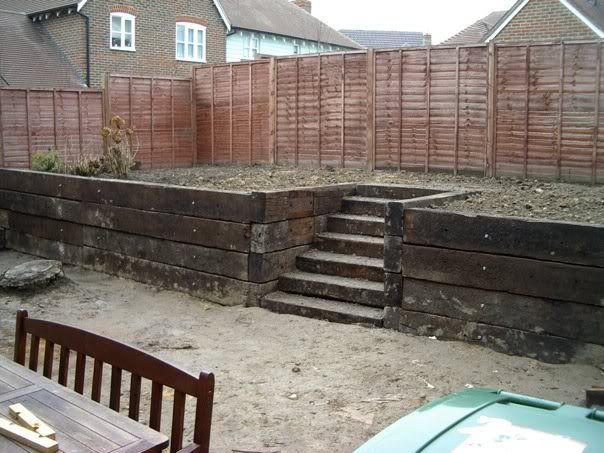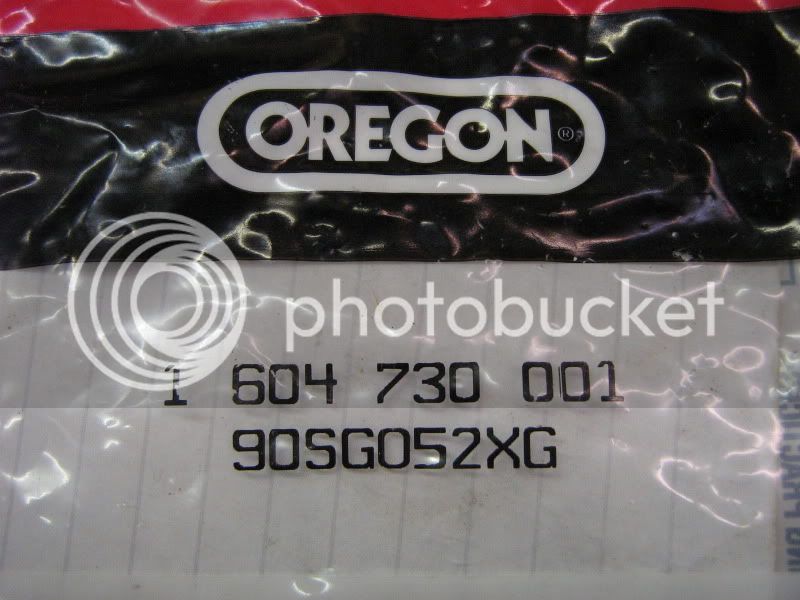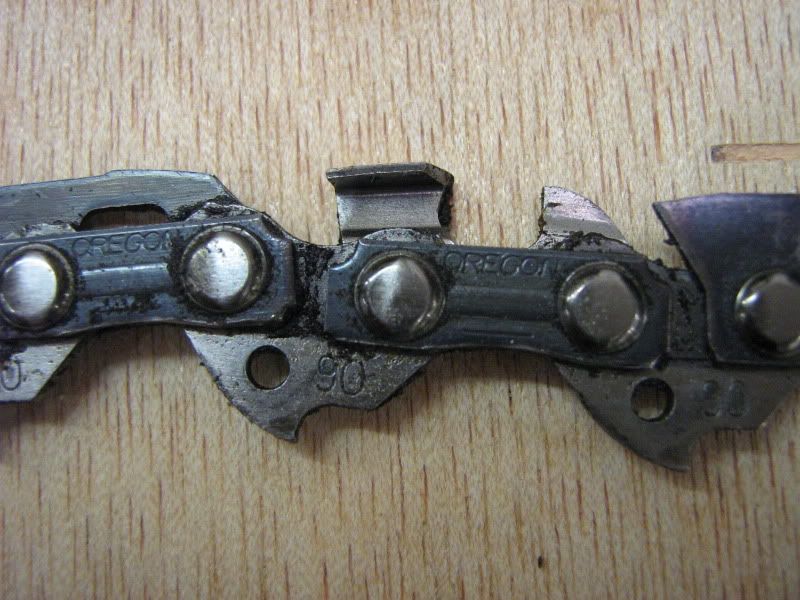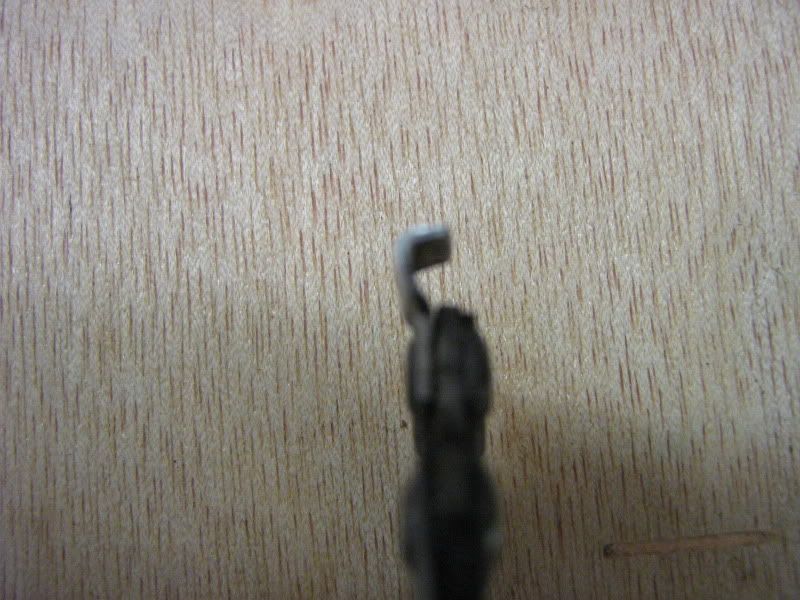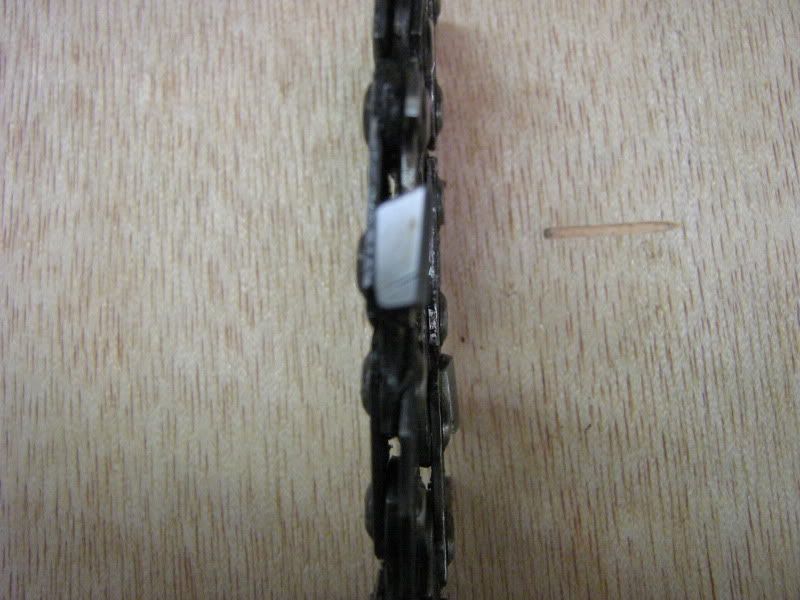9fingers
Established Member
I've just bought a small electric chainsaw to cut up railway sleepers.
It does a great job but already after 15-20 cuts, I'm noticing it is slower cutting so I guess the chain is starting to lose it edge.
I see there are a number of different sized files, 4mm, 4.8mm, 5.5mm. (or their respective imperial equivalent
These files are round and yet each tooth on my chain has two cutting edges notionally at right angles so I would have expected a square file being needed to do the job.
The chain is a link size 90, 52 links 0.375" pitch.
Can any chainsaw users help me through the fog of chain sharpening please?
TIA
Bob
It does a great job but already after 15-20 cuts, I'm noticing it is slower cutting so I guess the chain is starting to lose it edge.
I see there are a number of different sized files, 4mm, 4.8mm, 5.5mm. (or their respective imperial equivalent
These files are round and yet each tooth on my chain has two cutting edges notionally at right angles so I would have expected a square file being needed to do the job.
The chain is a link size 90, 52 links 0.375" pitch.
Can any chainsaw users help me through the fog of chain sharpening please?
TIA
Bob


































